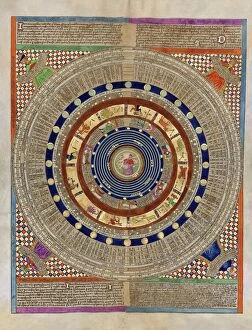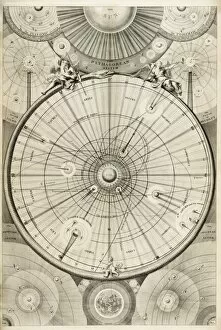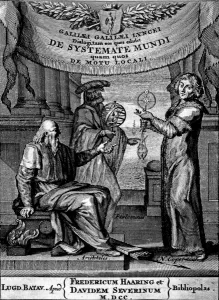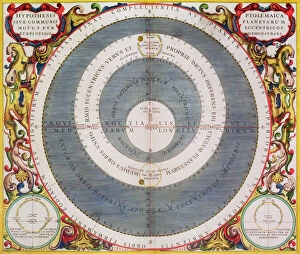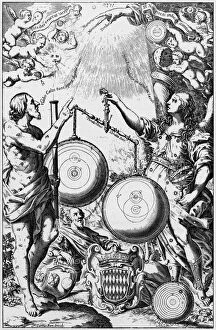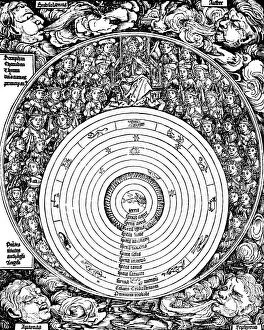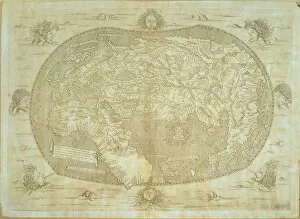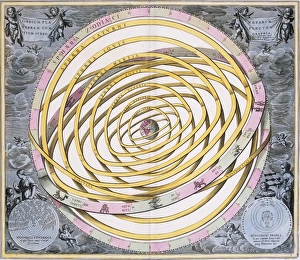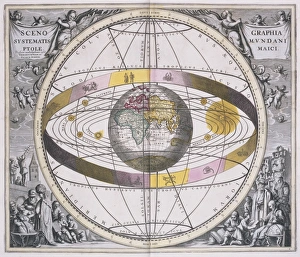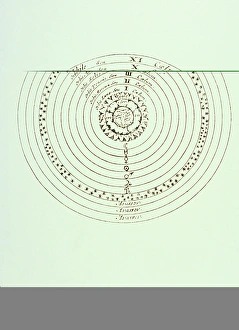Ptolemaic System Collection
The Ptolemaic system, named after the ancient Greek astronomer Claudius Ptolemy, was a geocentric model of the universe that dominated scientific thought for centuries
All Professionally Made to Order for Quick Shipping
The Ptolemaic system, named after the ancient Greek astronomer Claudius Ptolemy, was a geocentric model of the universe that dominated scientific thought for centuries. This intricate system can be traced back to the 14th century Catalan Atlas and 18th-century astronomical diagrams. Ptolemy himself is depicted in various artworks holding a sextant, symbolizing his contribution to astronomy. In one engraving, he stands proudly with this instrument in hand, showcasing his dedication to studying celestial bodies. Another image shows him at the Observatory in Alexandria, where he conducted extensive observations and calculations. The influence of Ptolemy's work is evident on the title page of "Dialogue concerning two chief world systems, " which compares his geocentric model with Copernicus' heliocentric theory. Galileo also references Ptolemy's ideas in his own book "Dialogus De Systemate Mundi, " as seen on its frontispiece. Artistic representations further illustrate the impact of the Ptolemaic system. Andreas Cellarius' artwork from 1660-1661 showcases an elaborate depiction of celestial spheres within this framework. Meanwhile, Urania, Muse of Astronomy, weighs and compares different systems of the universe in a painting from 1651. Despite later discoveries challenging its accuracy, such as those made by Copernicus and Galileo themselves, it is important to recognize that the Ptolemaic system laid down crucial foundations for our understanding of astronomy throughout history.

